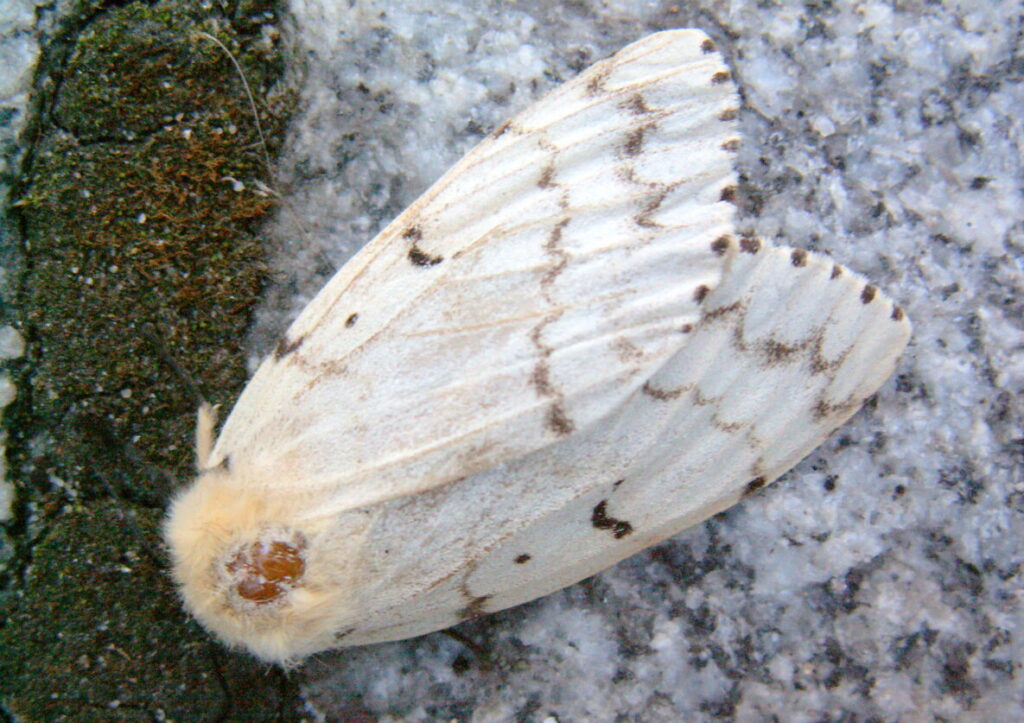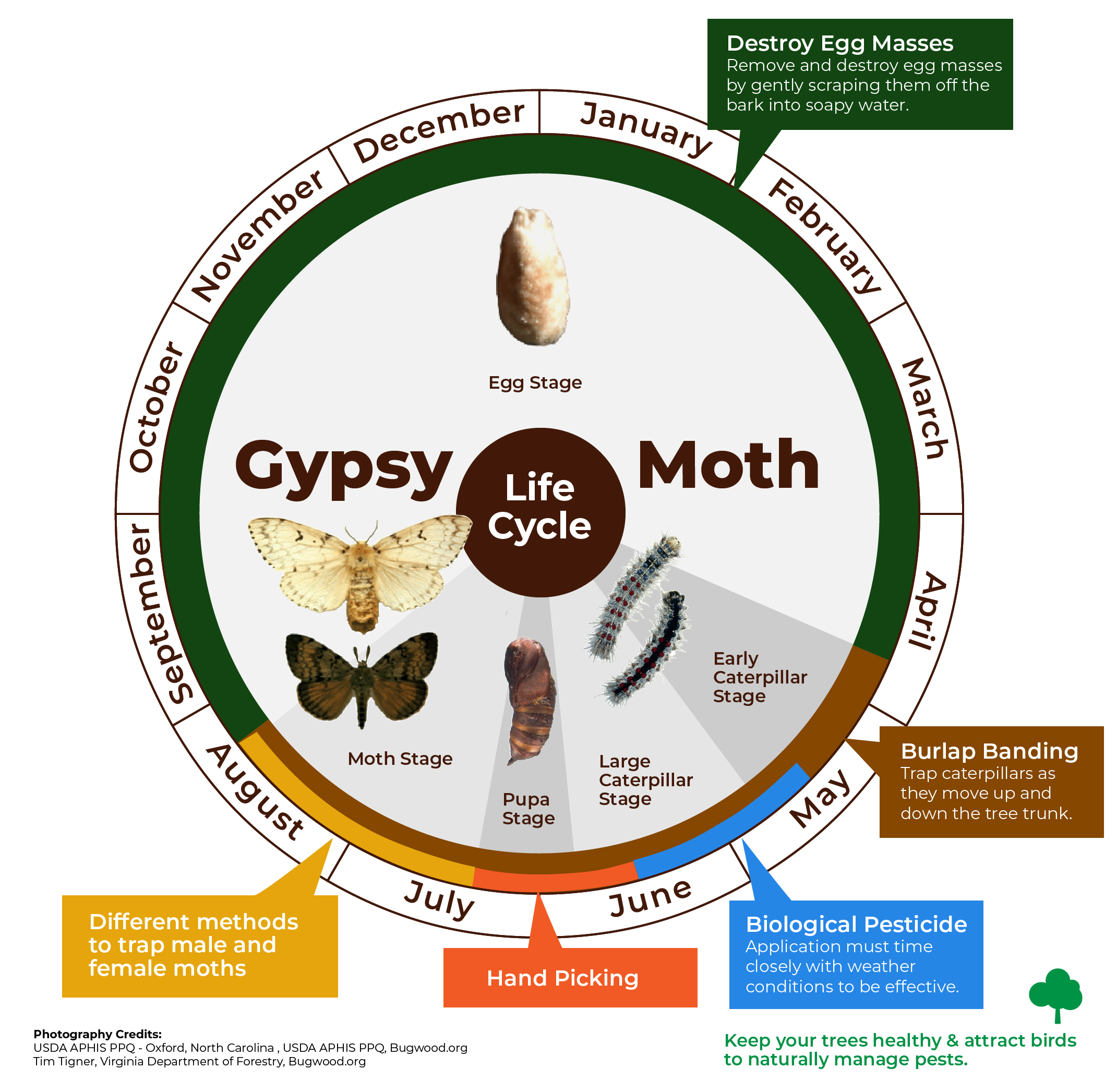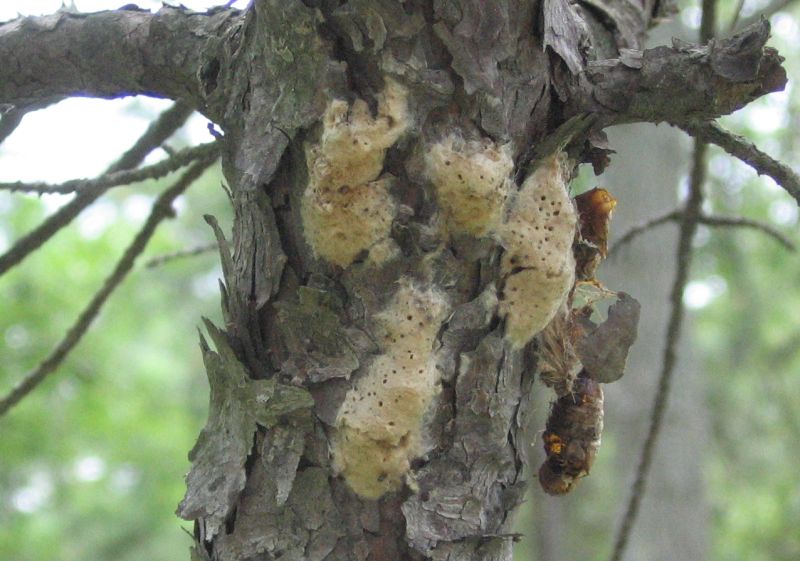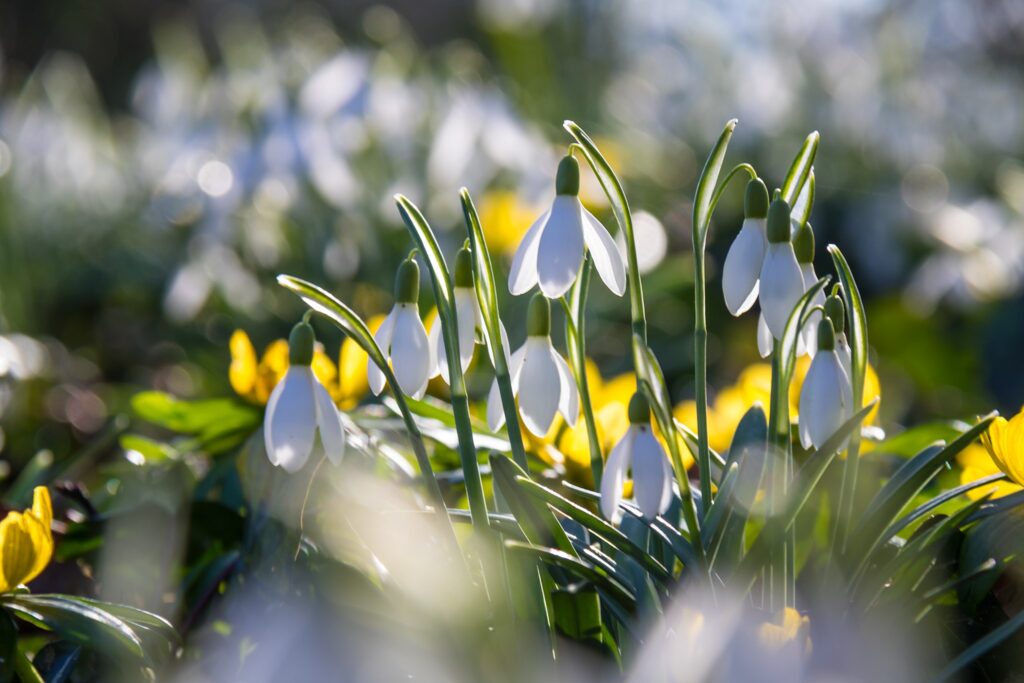
LDD Spongy Moths, Lymantria dispar dispar, have a new common name of Spongy Moths (previously known as European Gypsy moths). These pests threaten our trees and forests in south-western Ontario. We homeowners and gardeners need to know how to recognize and deal with this nasty pest that can completely defoliate and kill our trees!
NOTE – The name of this moth has recently changed to Spongy moth or LDD Moth to avoid disrespect. We have temporarily left the reference to the old name in this content so readers could search and find the appropriate information for this threat.

First – Understand the Characteristics and Life cycle of the LDD Spongy Moth (Gypsy Moth)
- Overwinters in the egg stage often on the bark of trees
- In Spring, eggs hatch and larvae ascend the trees to feed on the new foliage
- Initially, feeding occurs during the day, but as the caterpillars mature, feeding occurs mainly at night- often this can delay the detection of infestations.
- Mature larvae are 50mm long, dark-coloured, hairy, with a double row of five pairs of blue spots, followed by a double row of six pairs of red spots, down the back.
- Feeding is complete in July
- Male moths are light brown and slender-bodied, while females are white and heavy-bodied

Second – Plan your attack to reduce the destruction caused by this pest
1- Remove and destroy egg masses in winter to reduce the number of hatched caterpillars in spring.

LDD spongy moth (Gypsy Moth) Egg Masses
2 – Trap and destroy moths in summer to reduce the number who can breed and start the egg-laying cycle again. Methods include Burlap Banding, Hand-picking, Pesticide use, and Trapping. Read More about each method – City Of London LDD Moth advisory.
LDD (Gypsy Moths) threaten our trees – Upper Thames Conservation YouTube video – How to remove egg masses
More resources:
Upper Thames Conservation Authority issues warning






About The Author: Barb Geddes
I grew up in a family of avid gardeners. Planting a seed and watching it grow and bloom was when I knew I would be a lifelong learner of Plants. I'm happily continuing my studies as a master gardener.
More posts by Barb Geddes